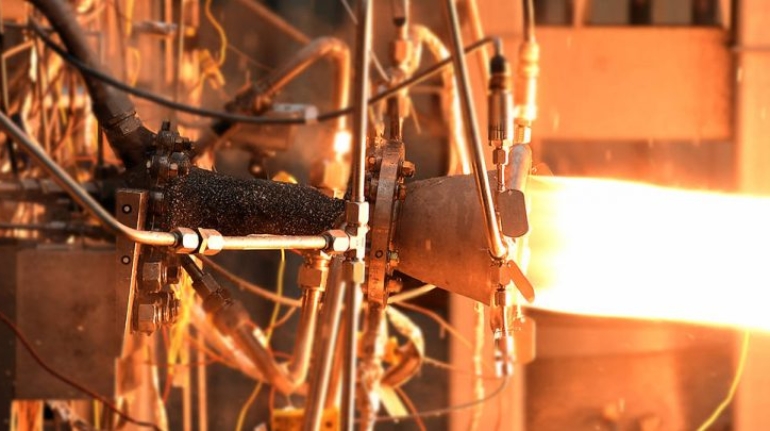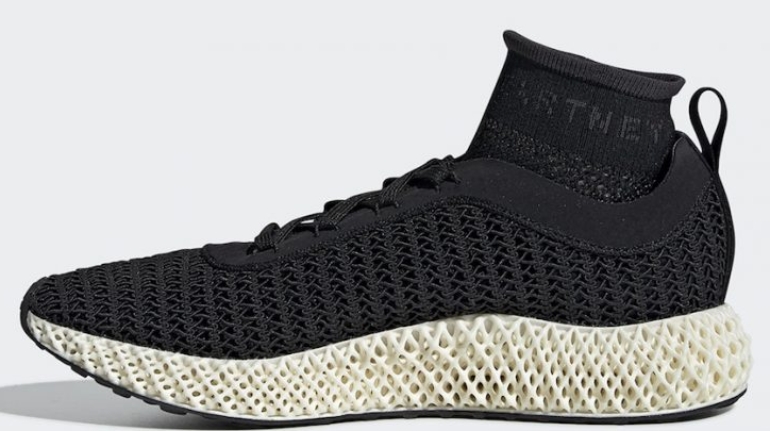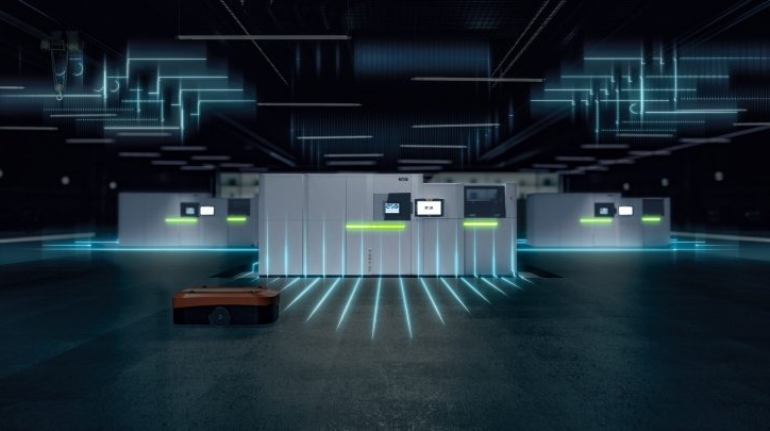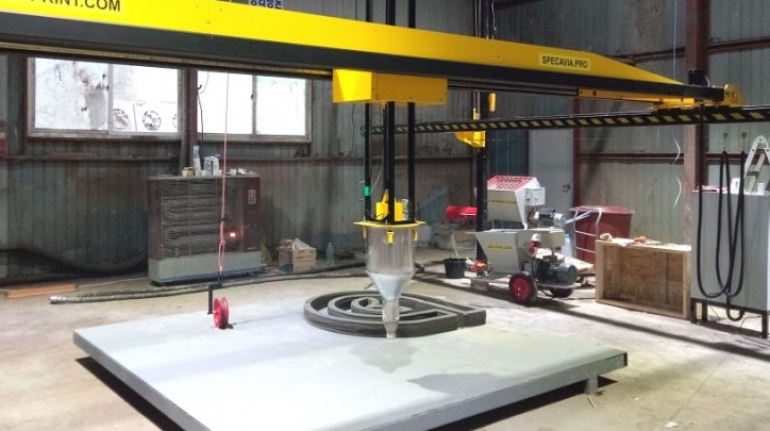Interspectral and Siemens develop AM-specific AM Explorer visualization tool AM Software
The Siemens gas turbine business in Finspång, a pioneer in the development of additive manufacturing, has entered into a collaboration with Swedish company Interspectral. The two companies will work together to develop AM Explorer, a 3D visualization tool that will accelerate the industrialization of metal additive manufacturing.










